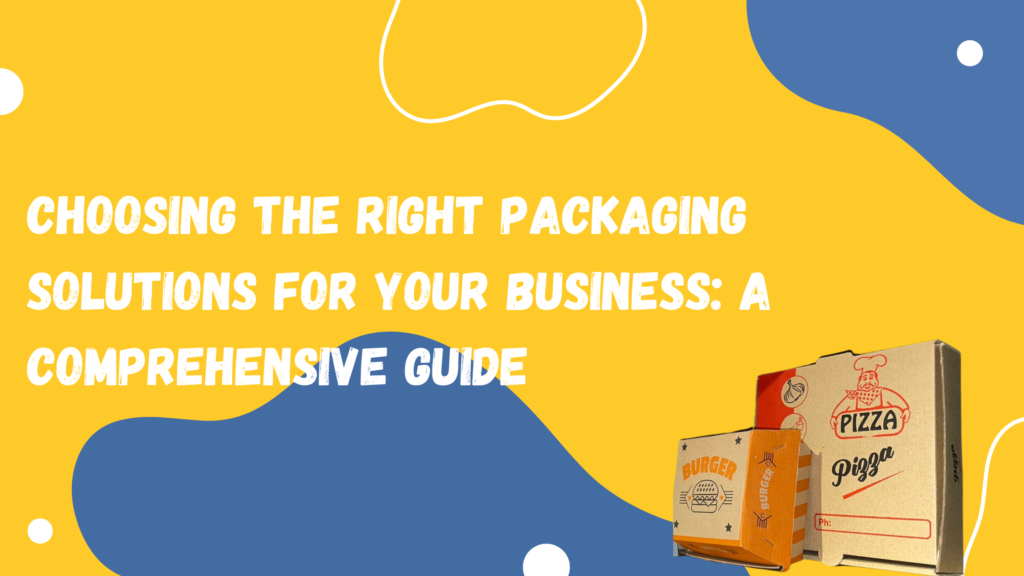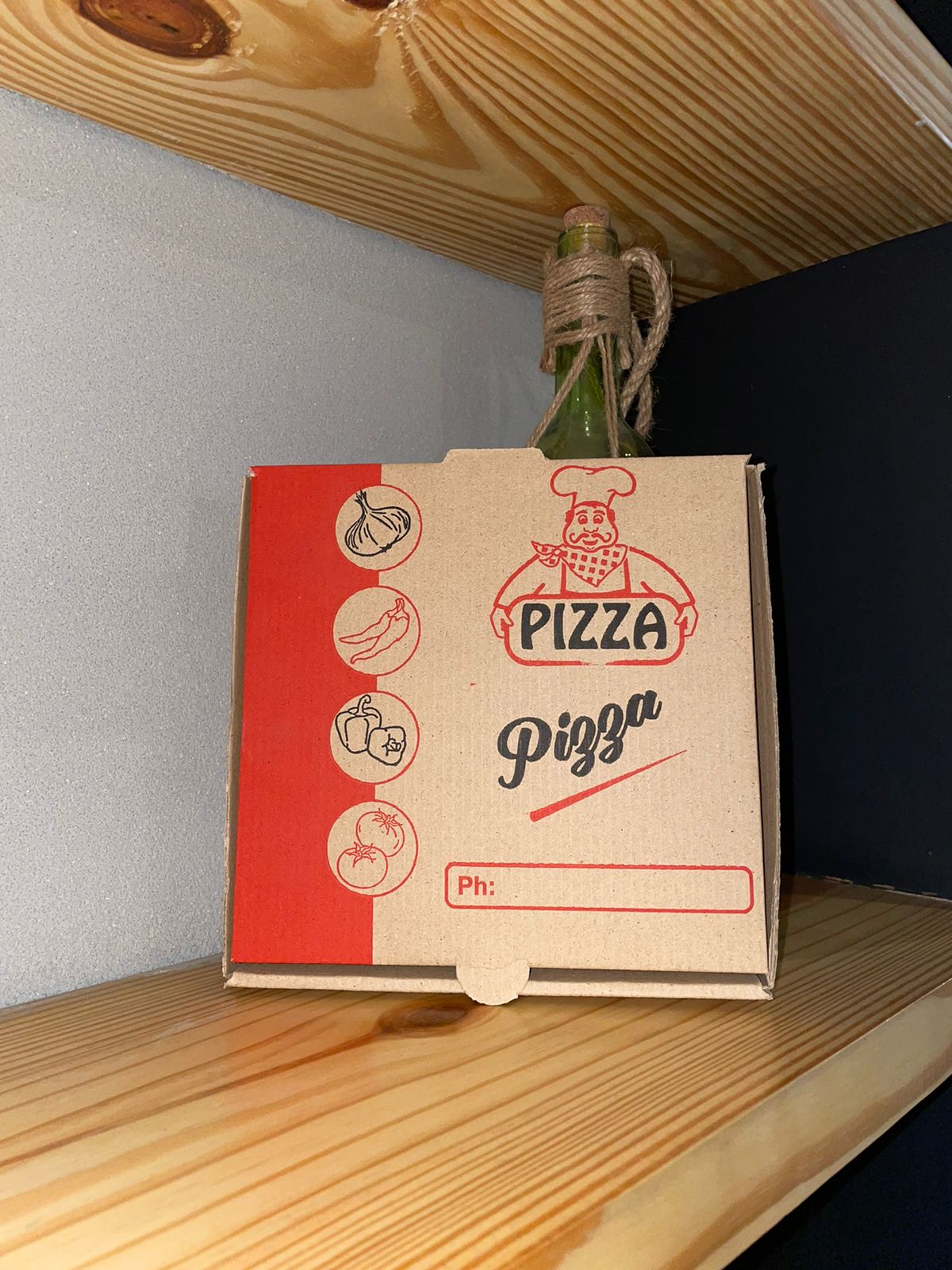-

-
Mon-Fri 9:00 to 5:30

 Mon-Fri 9:00 to 5:30
Mon-Fri 9:00 to 5:30

In the competitive world of business, packaging plays a crucial role in creating a positive impression on customers and ensuring the safe delivery of products. The right packaging solution not only protects your products but also reflects your brand’s identity and values. With a wide range of packaging options available, finding the perfect fit for your business can be overwhelming. In this comprehensive guide, we will walk you through the essential factors to consider when choosing packaging solutions that align with your business needs and goals.
The first step in selecting the right packaging solution is to thoroughly understand your product and its specific requirements. Consider the size, shape, fragility, and weight of your products. Are they perishable or require special handling? Also, analyse your target market and customer preferences. For example, if you sell luxury items, you may opt for high-end packaging materials that exude sophistication and elegance.
Your packaging is an extension of your brand and should reflect your brand image and values. Think about the message you want to convey to your customers. Do you want to be perceived as Eco-friendly, modern, or luxurious? The design, colour palette, and materials you choose should align with your brand identity and create a cohesive and memorable customer experience.

Packaging should not only look appealing but also serve its primary function—protecting your products. Evaluate the durability, strength, and protective features required for your specific items. For example, if you sell fragile or delicate items, consider using cushioning materials like bubble wrap or foam inserts. If your products are perishable, explore packaging options that offer temperature control or moisture resistance.
Packaging materials come in various forms, each with its unique characteristics. Let’s explore some common options:
Corrugated packaging is versatile, cost-effective, and widely used for shipping boxes. It provides excellent protection and can be customised with printing and branding options.
Flexible packaging, such as pouches and bags, offers convenience and flexibility for products like snacks, coffee, and pet food. It is lightweight, reduces storage space, and often provides resalable features.
Rigid boxes are sturdy and offer a premium feel. They are often used for luxury items like jewellery, electronics, and cosmetics, where presentation is paramount.
With increasing environmental awareness, choosing sustainable packaging materials is a popular choice. Biodegradable, compostable, and recyclable options can help reduce your environmental impact and resonate with Eco-conscious customers.
Consider working with packaging companies that offer customised solutions to meet your unique requirements. They can design and produce packaging specifically tailored to your products, incorporating branding elements and functionality.

While it’s essential to prioritise the quality and aesthetics of packaging, it’s also crucial to consider your budget and logistics. Evaluate the cost per unit, minimum order quantities, and storage requirements. Determine if your chosen packaging solution can be efficiently integrated into your supply chain and shipping processes without incurring excessive expenses.
Before fully committing to a packaging solution, conduct testing and gather feedback. Test the durability, functionality, and visual appeal of the packaging. Seek input from your target customers and make adjustments based on their preferences and suggestions. Iteration and refinement are key to optimizing your packaging strategy and enhancing the overall customer experience.
Choosing the right packaging solution goes hand in hand with partnering with reliable suppliers. Research and evaluate packaging companies that have a proven track record, offer quality products, and provide excellent customer service. Look for suppliers who can accommodate your specific needs, offer prompt delivery, and maintain consistent quality standards.
In conclusion, selecting the right packaging solutions for your business requires careful consideration of your product, brand image, functional requirements, materials, budget, and logistics. By understanding these factors and making informed choices, you can create packaging that not only protects your products but also enhances your brand presence and customer satisfaction. Remember, packaging is not just a box—it’s an opportunity to make a lasting impression and differentiate your business in the marketplace.
